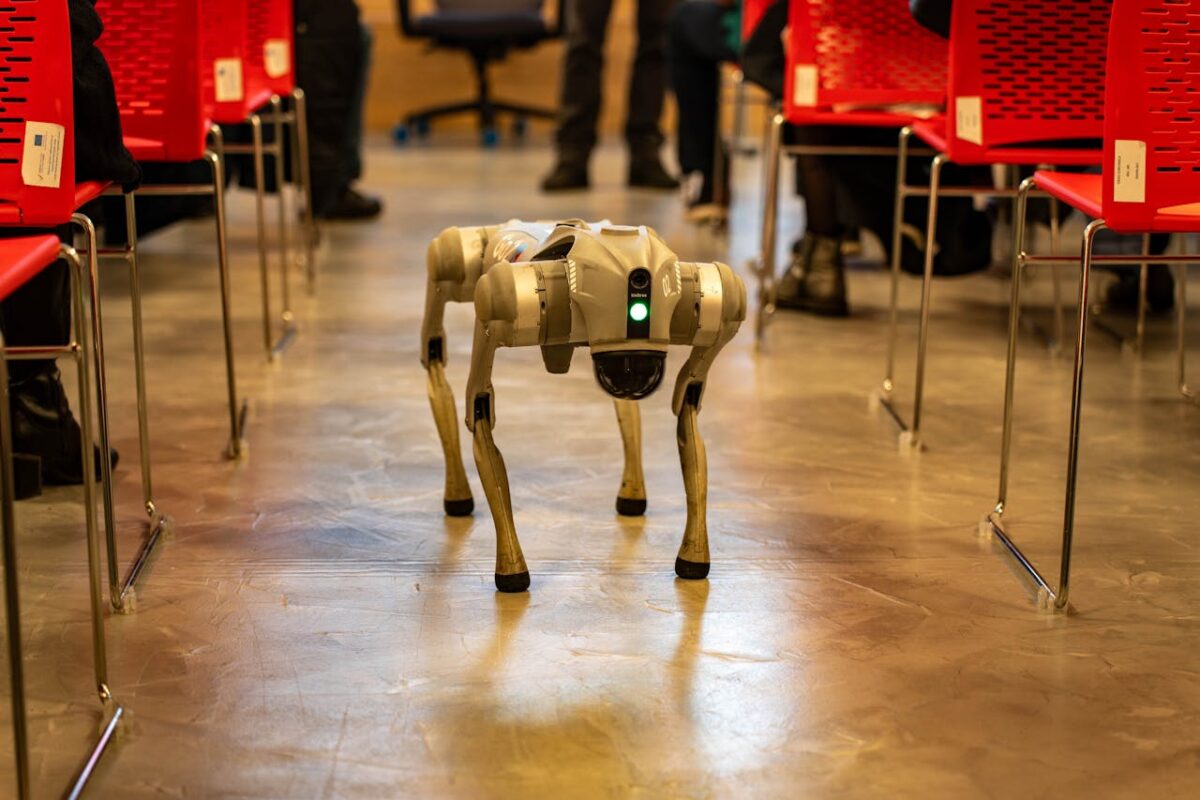In the bustling realm of technology and innovation, a new kind of relationship is blooming between humans and their computerized companions. AI pet is on the rise, increasingly finding a home in human hearts and households. They are redefining what it means to have a pet, offering companionship with a modern twist that weds emotion with technology. As we dive into the intricacies of these fascinating relationships, we uncover a world where companionship knows no bounds. Please keep reading to discover how the virtual paws and purrs of AI pets are transforming our lives.
The Rise of AI Pets in Modern Society
The concept of AI pets has transcended science fiction and entered the daily lives of many. With advancements in artificial intelligence, robotics, and machine learning, these digital creatures are providing unprecedented interaction that rivals that of real pets. Their ability to learn and adapt to their owners’ personalities and needs marks a leap in personalized technology.
From chatbots that mimic the chirpy conversations of a feathered friend to lifelike robots that emulate the behavior of dogs and cats, AI pets cater to a broad audience. They are particularly appealing to urban dwellers who may not have the space or lifestyle conducive to caring for a live animal. Furthermore, AI pets require no food, walks, or trips to the vet, making them a low-maintenance companion.
Interest in AI pets is not just a fleeting trend. Market researchers have tracked a steady increase in the sale and development of robotic pets. Tech companies are continuously innovating, developing models that can perform an ever-expanding array of tasks and exhibit complex behaviors, further cementing their place in our homes and lives.
Exploring the Emotional Benefits of Robotic Companions
The allure of AI pets extends beyond their novelty or technological prowess. They offer tangible emotional benefits that are reshaping the landscape of companionship. Human-robot interaction studies have revealed that AI pets can alleviate feelings of loneliness and provide therapeutic benefits, similar to real animals.
For individuals dealing with mental health issues, stress, or isolation, AI pets have become a source of solace. They offer nonjudgmental companionship, consistent availability, and can even be programmed to remind owners of self-care routines or medication schedules. This supportive presence helps foster a sense of responsibility and a sense of routine.
In settings such as elder care facilities, AI pets serve as a bridge to joyful experiences and memories for residents. They are invaluable for individuals with dementia, providing comfort without the risks or responsibilities of a living animal. The simplicity and predictability of interactions with robotic companions can improve the quality of life for people with cognitive impairments.
AI Pets and Accessibility: A New Era of Inclusivity
AI pets symbolize a major advancement in inclusivity, removing barriers for those unable to own traditional pets due to allergies, housing constraints, or financial issues. They offer a viable alternative for a wider range of individuals.
Designed with accessibility in mind, AI pets cater to various needs, including companionship for those with sensory impairments through features like haptic feedback, voice interaction, and visual displays.
Notably, AI pets benefit the aging population, providing companionship with lower care requirements and features like fall detection and medication reminders.
Moreover, the customizable nature of AI pets allows users to tailor their companions’ appearance and behavior, enhancing personal connections and ensuring everyone can find a pet that resonates with them.
Technological Advances Behind the Realism of AI Pets
The rapid advancement of technology enables AI pets to convincingly mimic real animals through sophisticated algorithms that allow them to learn. These companions can recognize and respond to their owner’s voice, gestures, and emotions over time.
Developers incorporate sensors and motors, giving AI pets the ability to move, respond to touch, and navigate their surroundings, enhancing the bond with their owners through realistic actions like tail wags and purrs.
Improvements in natural language processing enhance communication, allowing AI pets to understand and engage in meaningful dialogues. Machine vision helps them recognize faces and objects, further enriching interactions.
Cloud connectivity is crucial, enabling AI pets to update their software, learn new behaviors, and interact within smart home ecosystems, blurring the lines between robotic functionality and natural spontaneity.
AI pets are reshaping companionship with their customizable, accessible nature, offering emotional and practical benefits. Their emergence signifies a poignant moment in the history of technology and human interaction, marking a transition towards a world where engineered companions offer diverse possibilities for connection, affection, and aid.
